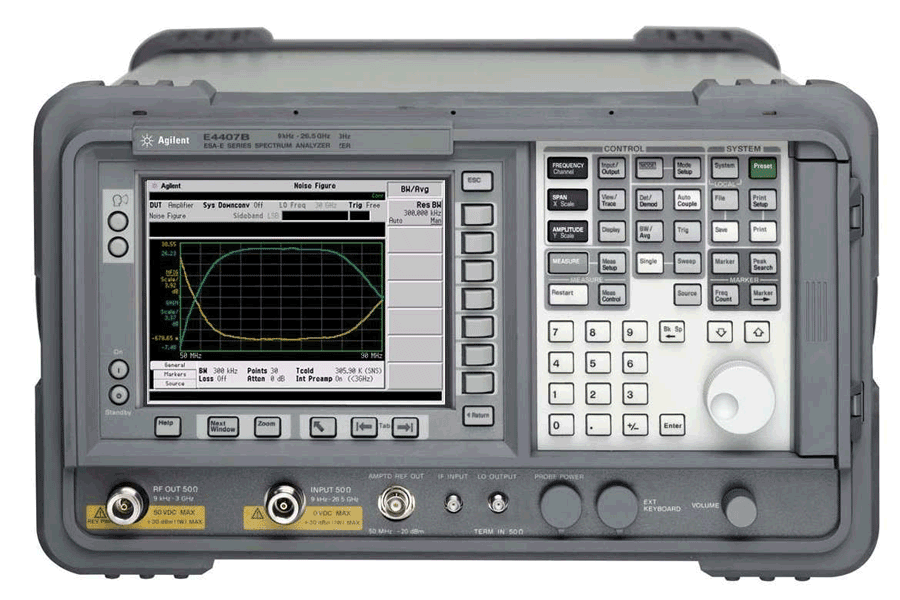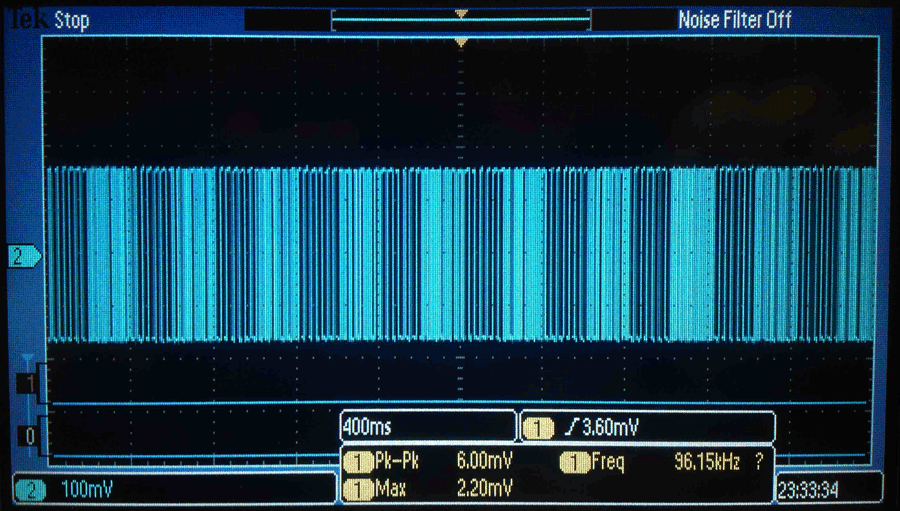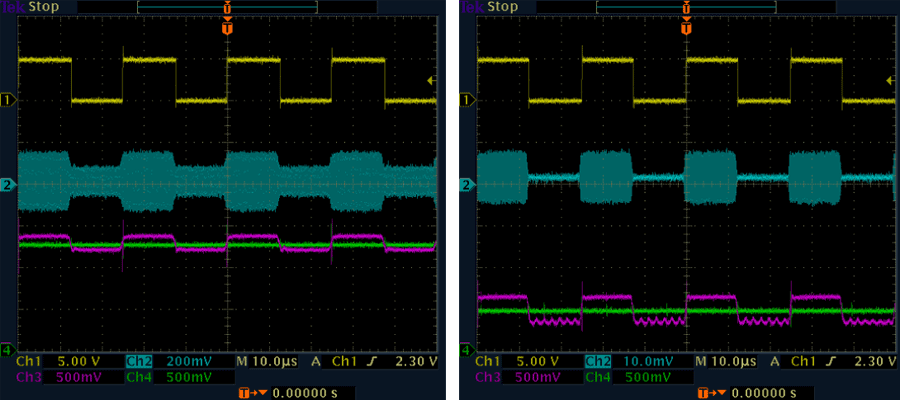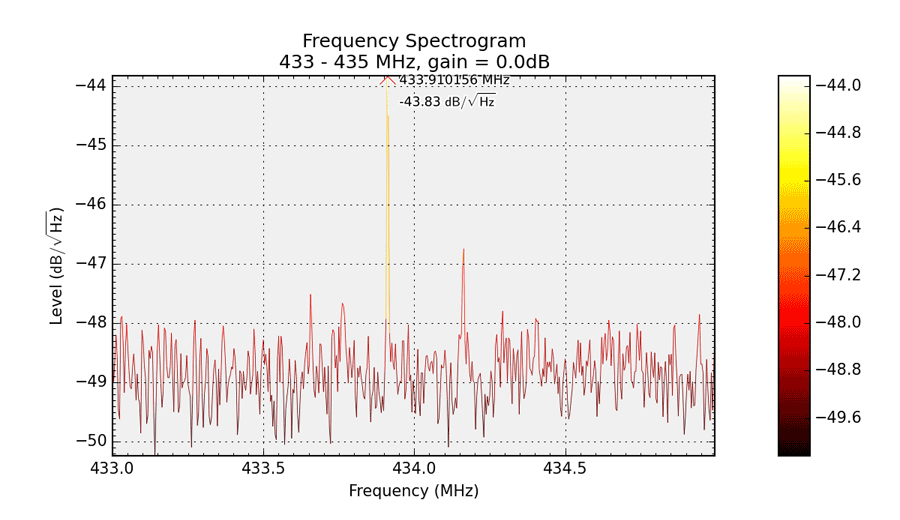You can see labelled distance on every remote control, some says 100m while other long range may say 1000m, also you may notice that all distance are line-of-sight distance, or distance in theory that might vary greatly in real field test. Customer might wonder why sometimes there is so much difference between labelled distance and …
Continue ReadingRF Basics
Comparison Between Superheterodyne and Super-regenerative RF Receiver Modules
Super regeneration is based on an oscillator in on / off operating mode. When it is switched on, the oscillation phase is preceded by a short period of very high sensitivity. The time required for oscillation to begin is then a function of the external energy input to the oscillator (detection of an incident carrier). …
Continue ReadingRF vs IR Remote Controls – Which to Choose
Thanks for online sources, we have put together related topic and summarized the difference between RF and IR remote controls, as follows. Infrared has traditionally been the first choice for most home entertainment remotes, like TV and air conditioner remotes, because of its ease of use and low cost solutions. However, with the integration of …
Continue ReadingRF Remote Control – OOK vs FSK Modulation
Short range unlicensed remote controls, with typical range up to ~100 meters, are becoming increasingly popular, millions of these radios are used today in such applications as automotive keyless entry, tire pressure monitoring, gate openers, wireless security systems, data links, remote meter reading and many other applications to enumerate. Nowadays, most short range remote control …
Continue Reading
 Spectrum Analyzer and Oscilloscope
Spectrum Analyzer and Oscilloscope
Spectrum analyzer is something RF specific, and is a necessary testing tool in our remote control factory, because it shows three most important characteristics of remote control signal, the frequency, the signal strength and wave form. The most important factor to customer is how long distance the remote control can operate, obviously the more precise …
Continue Reading
 Brief Introduction to FSK Modulation
Brief Introduction to FSK Modulation
FSK is different than ASK or OOK since its data modulation method is through frequency change or shifting instead of transmitting signal on and off, which means in FSK transmitter, it will always transmit a complete wave, the only difference is transmitting frequency change. FSK transmitter is more widely used in circumstances where requires a …
Continue Reading
 What is ASK and OOK Modulation
What is ASK and OOK Modulation
Both ASK and OOK modulation are ways to encode information and assemble them into radio signals to transmit, for example, wirelessly. Information to transmit are all numbers, and here ASK or OOK come to code numbers in radio waves, ASK stands for Amplitude Shift Key – which basically means different number has different wave amplitude, …
Continue Reading
 Understanding RF Signals
Understanding RF Signals
From TV and radio signal covering long wave, medium wave and short wave to everyday cellphones and wifi hotspots that use GHz frequency range, RF signal is pretty much everywhere around us, just like air. Although like air, radio signals can’t be seen by eyes, we can use instrument such as spectrum analyzer to visualize …
Continue Reading
